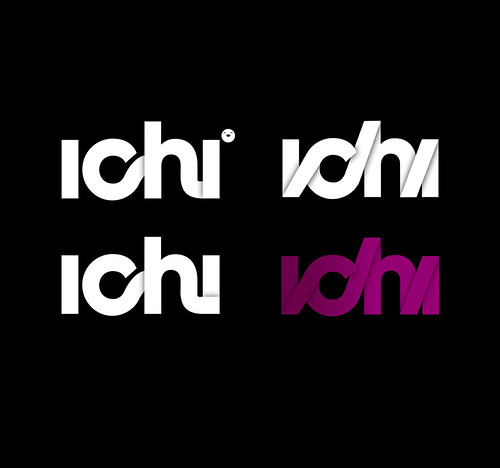World : Sense : Hospitality - The Mövenpick Amsterdam - The Netherlands - Design : Refine : Extraordinary! Function : Design = Enjoy!:)
Image by || UggBoy♥UggGirl || PHOTO || WORLD || TRAVEL ||
VIEW - FUNCTION : DESIGN - ON BLACK
Here another form of function:
Structural functionalism
Structural functionalism, (in some contexts simply Functionalism), is a broad perspective in sociology and anthropology which interprets society as a structure with interrelated parts. Functionalism addresses society as a whole in terms of the function of its constituent elements; namely norms, customs, traditions and institutions. A common analogy, popularized by Herbert Spencer, presents these parts of society as "organs" that work toward the proper functioning of the "body" as a whole.[1] The perspective was implicit in the thought of the original sociological positivist, Auguste Comte, who stressed the need for cohesion after the social malaise of the French Revolution. It was later presented in the work of Émile Durkheim, who developed a full theory of organic solidarity, again informed by positivism, or the quest for "social facts". Functionalism also has an anthropological basis in the work of theorists such as Marcel Mauss, Bronisław Malinowski and Radcliffe-Brown. It is in Radcliffe-Brown's specific usage that the prefix 'structural' emerged.[2]
Classical functionalist theories are defined by their tendency towards biological analogy and notions of social evolutionism:
Functionalist thought, from Comte onwards, has looked particularly towards biology as the science providing the closest and most compatible model for social science. Biology has been taken to provide a guide to conceptualizing the structure and the function of social systems and to analysing processes of evolution via mechanisms of adaptation ... functionalism strongly emphasises the pre-eminence of the social world over its individual parts (i.e. its constituent actors, human subjects).
– Anthony Giddens The Constitution of Society 1984
BY
WIKIPEDIA = FUNCTION = SOCIOLOGY = LIFE
Design
No generally-accepted definition of “design” exists, and the term has different connotations in different fields (see design disciplines below). Informally, “a design” (noun) refers to a plan for the construction of an object (as in architectural blueprints, circuit diagrams and sewing patterns) and “to design” (verb) refers to making this plan[2]. However, one can also design by directly constructing an object (as in pottery, cowboy coding and graphic design).
More formally, design has been defined as follows.
(noun) a specification of an object, manifested by an agent, intended to accomplish goals, in a particular environment, using a set of primitive components, satisfying a set of requirements, subject to constraints;
(verb, transitive) to create a design, in an environment (where the designer operates)
Here, a "specification" can be manifested as either a plan or a finished product and "primitives" are the elements from which the design object is composed.
With such a broad denotation, there is no universal language or unifying institution for designers of all disciplines. This allows for many differing philosophies and approaches toward the subject (see Philosophies and studies of design, below).
The person designing is called a designer, which is also a term used for people who work professionally in one of the various design areas, usually also specifying which area is being dealt with (such as a fashion designer, concept designer or web designer). A designer’s sequence of activities is called a design process. The scientific study of design is called design science.
Designing often necessitates considering the aesthetic, functional, economic and sociopolitical dimensions of both the design object and design process. It may involve considerable research, thought, modeling, interactive adjustment, and re-design. Meanwhile, diverse kinds of objects may be designed, including clothing, graphical user interfaces, skyscrapers, corporate identities, business processes and even methods of designing.
BY
WIKIPEDIA = DESIGN = OVERVIEW = MEANING
ON LOCATION: MOEVENPICK HOTEL AMSTERDAM, FLOOR 19, TABLE LAMP DESIGN, BACKGROUND, EXECUTIVE CLUB ROOM WITH LOUNGE ACCESS.
Ichi Case Study
Image by Fluid Design
Client: ichi
Year: 2009
'ichi’ - translating as ‘one’ in Japanese – was the name and ethos taken by a new London based creative agency. Offering creative, production and post-production under ‘one’ roof.
ichi required a logo that would nod to the Eastern definition of their ethos but wouldn’t miscommunicate their nationality. The logo plays with an understated origami influence combined with a contemporary deep plum colour palette. The notion of ‘oneness’ is extended to the fluidity of the single line which forms actual word, and the playful shape shifting nature of its tone.
For more of our work please go to www.fluidesign.com
Say What?
Image by ChrisM70
Spread designed for the June 2011 issue of Dive Training Magazine
www.chrism70.com.
No comments:
Post a Comment